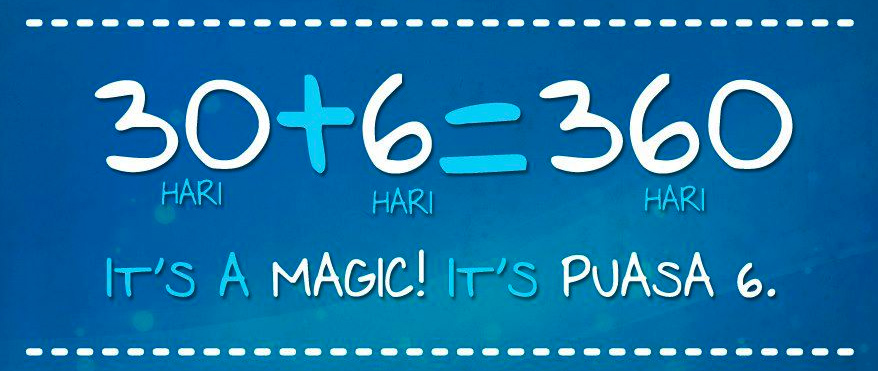In his quest to know right and wrong, an unknown lesson came from the West in the voice of Asst Prof Jonathon Brown.
We are urged to use our minds to ascertain if an information makes sense.
Basics:
In 720ad in Basra, Hasan Al Basri started the first musannat (transcript of legal discourse). His musnad (legal references based on Prophet Muhammad peace be upon him) includes issues related to marriage, prayers, Qur’anic commentary amongst others. Extensive collections of local histories, personal mu’jams and transmission sessions then became a norm.
In understanding Islam, scholars like Bukhari, Muslim and others are worried of Arab Bedouins contaminating Islam and they want to ensure Prophetic transmission remain intact. This makes Authentic (sahih) Hadith a priority.
How would you verify a report?
It needs a reliable isnad and must not be corroborated. Simply for instance in 820ad in Basra again it was witnessed that the Great Wall of Chosroes cracked and the fire got extinguished upon the birth of Our Last Prophet in Mecca, bringing down with it the religion of Zorostranism or Fire Worship. So this event was verified at both places so it is a true account.
Western or Orientalist Criticism of Muslim Tradition:
Their interest will include confirming the truth of the Bible. So they want to study the Hebrew speaking Jews as well as Arabic speaking Muslims. In the Muslim world during the Umayyad dynasty, their rule become legitimized by supporting Hadith. The Kharijites left the Muslim community by abandoning the Hadith. Sunni Muslims are attacked for their faith in Predestination or Qada and Qadar.
Back to Isnad:
A complete transmission has its source with Prophet Muhammad, the earliest authority of Islam. Then it links to his Sahabah or Companions. The chain proceeds to the Successors or Tabi’en. The results were Imam Malik’s Muwatta, Al-Shafi’i’ Umm and Al-Bukhari’s Sahih in that order of transmission in the traditional chain for instance.
Importance of the Successor (80-700AD):
They provide the common links to personalities like Zayd, Layth, Yahya, and who in turn provide the transmission down for instances Zayd narrated to Tirmidhi and Muslim or
Layth narrated to Muslim and Yahya and Bukhari. Without a common link, we know that a Hadith is made up or fabricated.
Hasan Al Basri, A Companion:
Being in Kufa and narrating quotes from Prophet Muhamnad whose task is to predict the future based on revelation, he affirms true events such as Amr Bin Yasir was killed by Muawiyah or the black flag army of the Abbasids fought against the Chosroes to uphold justice. Hasan (pleasure be with him) met, believed and died in that state during the life of Prophet Muhammad (peace be upon him). He is upright in character who will not lie about Prophet. Others who love the Prophet and does not lie in transmitting what Prophet says include Aishah, Abu Hurairah, Ibn Malik, Anas, Abu Said Al Kudri, Ibn Umar and their sayings fill the major 6 books of hadiths.
Being A Good Muslim:
One has to go beyond the marks of prayer on the forehead as a sign of piety or taqwa. To know the truth lots of efforts shows you appreciate your religion. Going back to our roots will not make us frighten to learn Hadith. Traditions spread to Hijaz, Syria, Morocco and it has reached every single one of us today. Sincerity in seeking truth and having appetite for knowledge is a good start..










